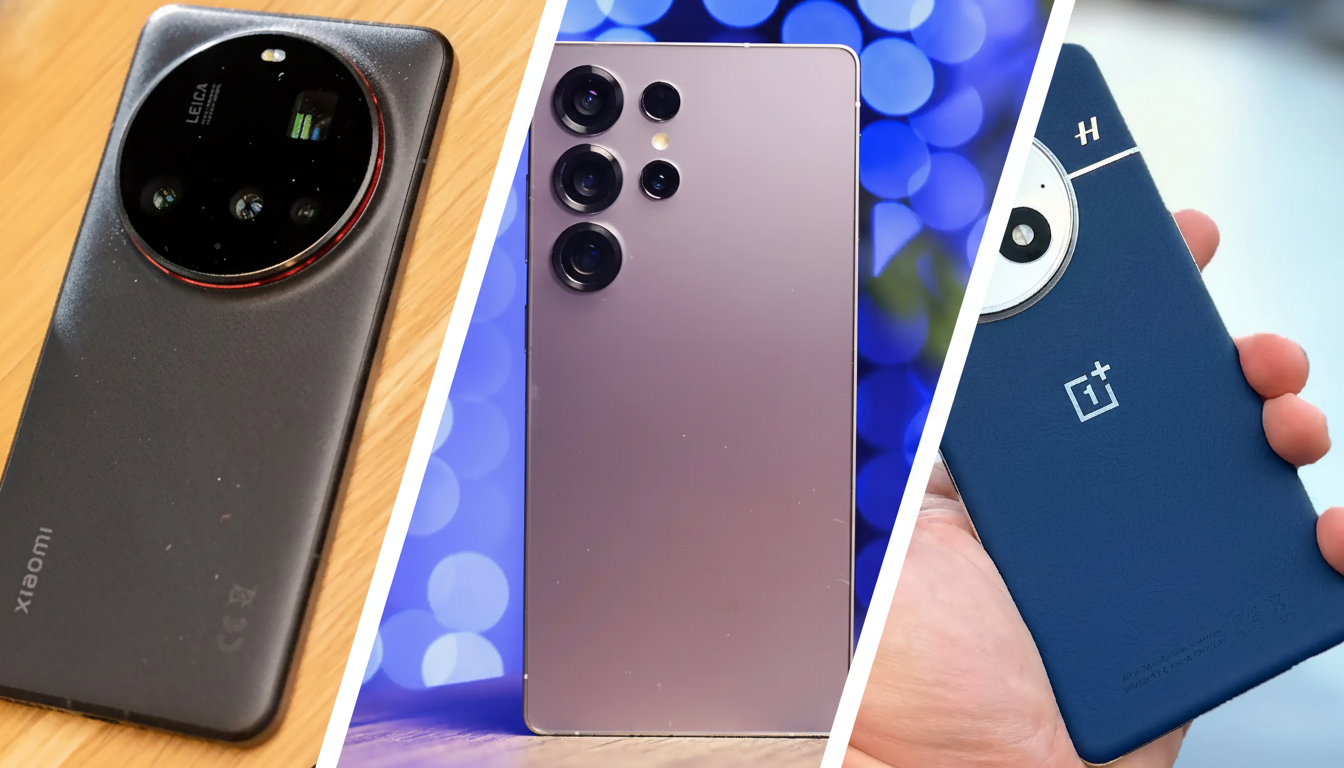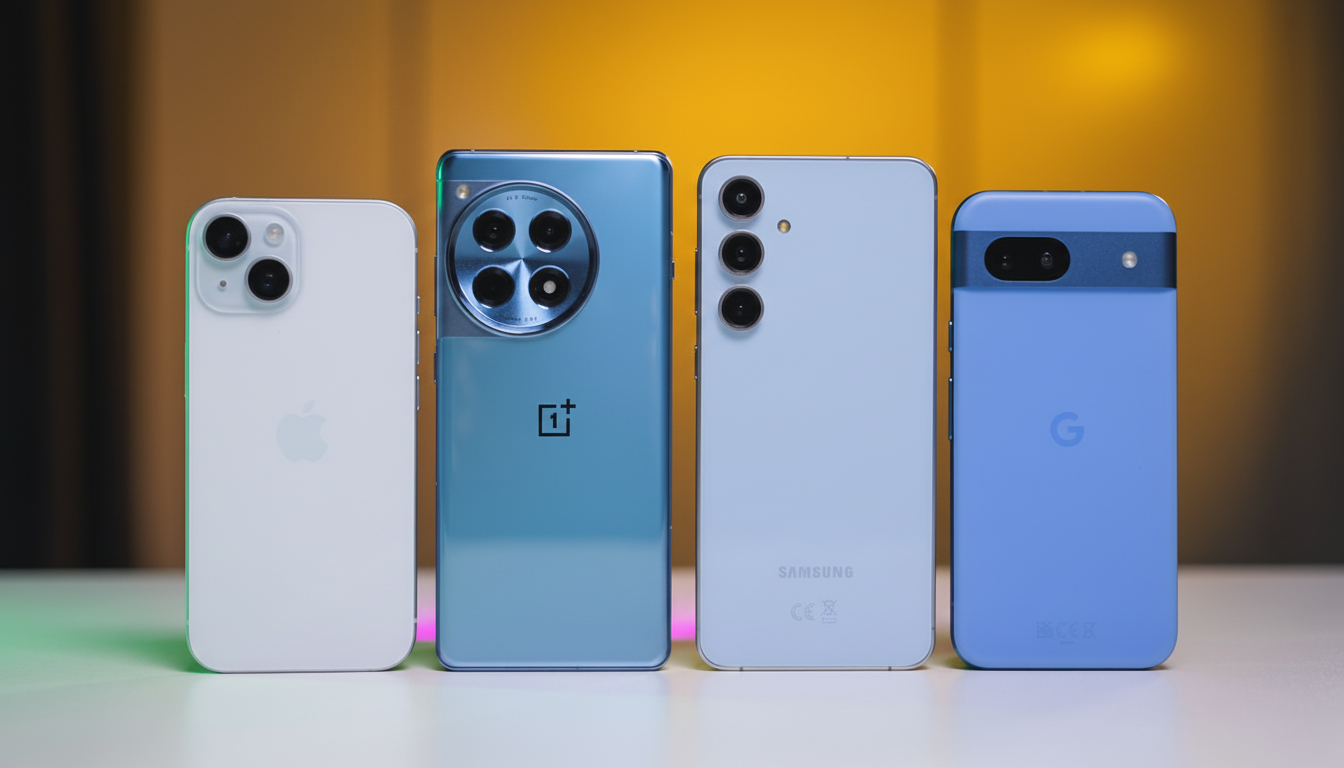Dual SIM used to be a feature for niche users, who tend to be frequent flyers or bargain hunters. Today, in 2025, it’s pretty much table stakes among flagship and midrange phones: carriers all over have made eSIM a basic feature, if they haven’t pushed the boat further and offered two lines at once to almost any Android phone that can handle them. We spent weeks testing these phones in the real world — across busy networks, in both cities and small towns — to find which ones move seamlessly between Wi‑Fi and cellular networks, or work for virtual schooling or job juggling with less stress.
All we wanted to know was how well each one could place calls (while keeping both lines active), 5G’s impact on the secondary SIM, eSIM setup time, standby battery performance, and how the different brands handled alerts — and then guided data access or routed contacts between our two numbers. Supported by eSIM from nearly 300 carriers globally, as tracked by GSMA Intelligence, the hardware is no longer the obstacle — execution is.
- How We Tested Dual SIM Performance and Reliability
- Best overall: Samsung Galaxy S25 Ultra dual SIM pick
- Best foldable: Samsung Galaxy Z Fold 7 dual SIM phone
- Best flip foldable: Motorola Razr Ultra dual SIM pick
- Best for photography: Google Pixel 10 Pro XL dual SIM
- Best value: Google Pixel 9a for affordable dual SIM
- Best for gaming: ASUS ROG Phone 9 Pro dual SIM pick
- Buying tips for a better and safer dual SIM setup

How We Tested Dual SIM Performance and Reliability
We tested each phone on two carriers, and matched urban and fringe coverage to see how the phones handed off between networks. We watched, for example, if 5G access defaulted to LTE on the secondary line, verified how VoLTE and Wi‑Fi Calling behaved on each profile, and measured idle drain over 24 hours with two lines versus that for one.
Most models utilize Dual SIM Dual Standby (DSDS), which means that only one line is active to send and receive signals at any single moment; however, two lines have the ability to use calls and text messages. Settings for priority, the onboarding flow of eSIM, and roaming were ultimately the sticking points.
Best overall: Samsung Galaxy S25 Ultra dual SIM pick
Samsung’s 6.9-inch powerhouse once more enjoys the most reliable dual SIM experience with top-tier everything else. It varies by region, but for U.S. models you get one nano-SIM and one eSIM; swapping data lines is near-instantaneous. Between the 200MP main camera, alleged 100x reach, and a beefed-up Snapdragon 8 Elite for Galaxy, there’s not much to grumble about.
Battery life was excellent with two lines active, and Samsung’s long-term support for software only adds value over time. It’s heavy, it’s pricey, and Qi2 support still isn’t where we’d like to see it, but for folks who travel a lot or use their phone heavily enough that they won’t settle for anything less than the best possible wireless charging experience, this is your reference pick.
Best foldable: Samsung Galaxy Z Fold 7 dual SIM phone
The thinnest and most sophisticated Fold yet finally matches ambitious folding with flagship fundamentals. U.S. versions support one nano-SIM plus one eSIM, and the phone was able to maintain solid 5G data on the active line while remaining reachable via the second number. Its 8-inch inner OLED, upgraded cameras including a 200MP primary, and more refined crease treatment make it a productivity enthusiast’s dream.
Wired charging remains sluggish, and there’s no S Pen silo, but the dual SIM implementation is clean, and Samsung’s long update promise makes it a safe investment if you want a book-like foldable that travels well.
Best flip foldable: Motorola Razr Ultra dual SIM pick
Motorola’s flip wins for folks looking for pocket style without sacrificing performance or dual SIM utility. It supports one physical SIM and one eSIM, with its software handling line labels and quick toggles neatly. The 7-inch inner panel runs at a fluid 165Hz, yet the spacious 4-inch cover screen manages messages, maps, and selfies without unfolding the phone.

The good news is, we’ve been impressed with the 4,700mAh battery and rapid 68W charging while traveling in scenarios where one line roams and the other stays local. Stitching together video could use some work, but the hardware and battery here are good value in a flip.
Best for photography: Google Pixel 10 Pro XL dual SIM
If camera quality is your north star, this is the dual SIM phone to go for. This model uses a 50MP main sensor, a 48MP 5x periscope, and a 48MP ultrawide that pair well with Google’s latest processing to give lifelike colors and low-light consistency. In the U.S., you get an eSIM‑only Pixel 10 Pro XL that supports two eSIM profiles so you can have proper dual SIM flexibility (international models provide a physical slot for mixed setups).
We found eSIM provisioning to be very snappy, and line-by-line call recording and voicemail management are also neatly organized. It’s not the fastest, but with a 5,200mAh battery and Pixel‑exclusive features like Camera Coach, this phone is one you can count on every day.
Best value: Google Pixel 9a for affordable dual SIM
At less than $500, the Pixel 9a gets the basics right — and a little extra beyond that. It supports eSIM and one physical SIM in the U.S., which are easy to set up, and offers good call quality on both lines. The 6.3-inch screen, 5,100mAh battery, and Google’s tested camera tuning make it a carefree choice.
It has fair charge speeds and it’s not the latest in glass, but you rarely see seven years of updates at this price point. If you’re building a budget two-line setup, this is where to start.
Best for gaming: ASUS ROG Phone 9 Pro dual SIM pick
With two physical SIM slots and huge battery life, the ROG Phone 9 Pro is designed for gamers who also require two-number support. The Snapdragon 8 Elite’s high-performance ability keeps frame rates steady, and the 5,800mAh battery sneers at the extra idle drain two SIMs can bring.
Camera quality is generally decent but inconsistent, and software support isn’t quite as robust as mainstream flagships. Yet for long sessions and travel, the stability on offer and superior heat dissipation are advantages.
Buying tips for a better and safer dual SIM setup
- Verify that your carrier supports eSIM, and that both lines have 5G access as well as VoLTE and Wi‑Fi Calling on your model. Plenty of phones are DSDS, meaning that over a given period, calls on one line can freeze data temporarily on the other; ensure there are clear controls for which line is in control and for setting per‑line ringtones and notifications.
- When traveling, check band compatibility for your destination, and pre‑load a travel eSIM to avoid airport lines.
- GSMA Intelligence observes strong global eSIM adoption, but carrier feature parity can differ — particularly for 5G standalone.
- Expect a slight battery hit with two active lines; larger batteries and efficient modems help offset it.
Bottom line: the top phones of 2025 render dual SIM all but invisible. Select the model that fits your priorities — camera, battery, gaming, or foldable form factor — and you’ll get a two-line experience that feels legit.

